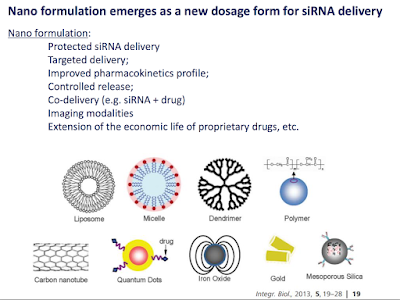Week 4 | MedTech + Art
As a biochemistry major, I am fascinated by the artistic feat of models used to teach biological processes, especially intricate 3-D videos and animations. However, this week I learned that art in science is much more than a tool to visualize processes. Exploring the development of how we study human anatomy--from human dissection to non-invasive techniques, made possible by technology--reveals a symbiotic relationship between medical technology and art: artists studying anatomy to create and scientists relying on complex artistic models to study the body.
Silvia Casini's essay on MRI images as portraits provides a novel perspective on how medical technology influences art. In her essay, Casini discusses Justine Cooper, who was the first to incorporate MRI scans into art work with her video RAPT I. Cooper's video suggests that by suspending a moment in time of the human body, the MRI allows one to contemplate their mental state. The video includes sound, which lends itself to Casini's intriguing argument that undergoing an MRI is an auditory experience.
RAPT I by Justine Cooper*
On a different, yet related note, the work of artist Eve Andree Lameree particularly resonated with me. Through pieces such as Apparatus for the Distillation of Vague Intuitions, Lamaree explores and critiques the blurred boundaries between artistic exploration and scientific investigation--the epitome of this course's central theme. In an interview with Sculpture Magazine, she notes that her work is intended to be metaphorical and non-functional. (Honigman) However, other forms of technology and art inspired by science have a medical purpose and are intended to be completely functional.
 |
| "Apparatus for the Distillation of Vague Intuitions" by Eve Andree Lamaree |
As a freshman, I took a three-course cluster on the Frontiers of Human Aging, which focused on the psychological, social, and biological aspects of aging. When studying the theory that adults become less social as they get older, our class learned about a robotic pet seal used in nursing homes, called Paro. Paro is intended to provide the same benefits of animal therapy in facilities where using live animals may not be possible. The baby seal reduces older adults' stress and improves their socialization. Designed by a Japanese company, Paro has sensors (tactile, light, etc.) to detect human action and the environment and is capable of remembering interactions and responding accordingly. This is similar to last week's discussion of robots as well as Diane Gromala's work with "non-pharmaceutical analgesics", in which she combines virtual reality and biofeedback to relieve pain and reduce stress.
 Paro robots help older adults socialize
Paro robots help older adults socialize*If the video does not play, please use this link: http://justinecooper.com/video/RAPT_mpeg4.mov
References
Casini, Silvia. "Magnetic Resonance Imaging (MRI) as Mirror and Portrait: MRI Configurations
between Science and the Arts." Configurations 19.1 (2011): 73-99. Web.
Cooper, Justine. RAPT I. 1998. Web. 27 Apr. 2017. <http://justinecooper.com>.
21.6 (2002): n. pag. Internation Sculpture Center. Web. 26 Apr. 2017.
PARO Therapeutic Robot. N.p., n.d. Web. 26 Apr. 2017. <http://www.parorobots.com/>.
TEDxTalks. "TEDxAmericanRiviera - Diane Gromala - Curative Powers of Wet, Raw Beauty."
YouTube. YouTube, 07 Dec. 2011. Web. 26 Apr. 2017.
YouTube. YouTube, 07 Dec. 2011. Web. 26 Apr. 2017.




I found it interesting to learn that medical technology and art are interrelated. I also took a psych class about the aging process, so I can relate to you in that aspect. This is the first time I have heard about the robotic seal and I am very impressed with this idea. It is interesting how a robotic seal can help reduce older adults' stress. I like how you incorporated last weeks lecture on robotics into this weeks blog. It is cool to see how all of these topics overlap in same way!
ReplyDelete